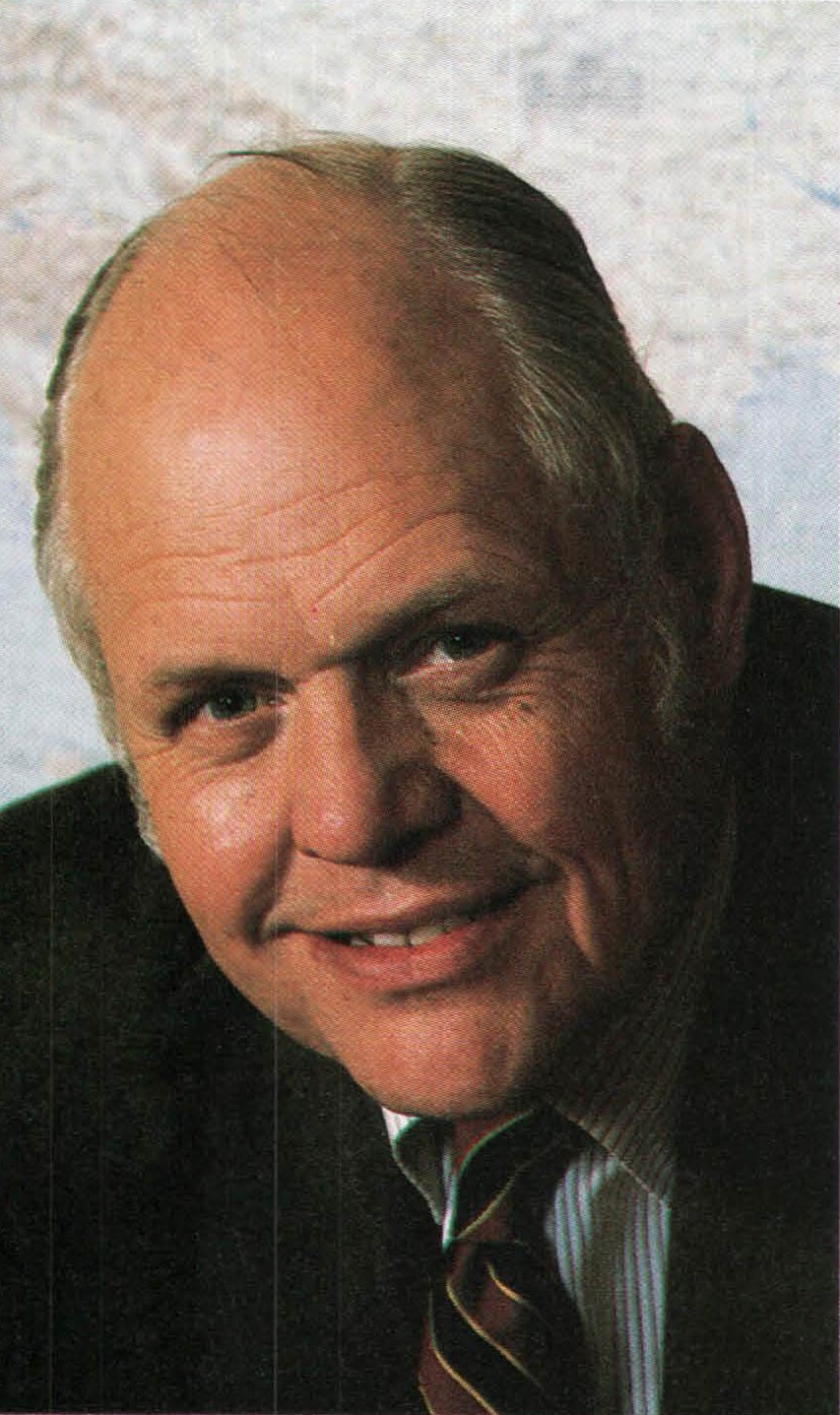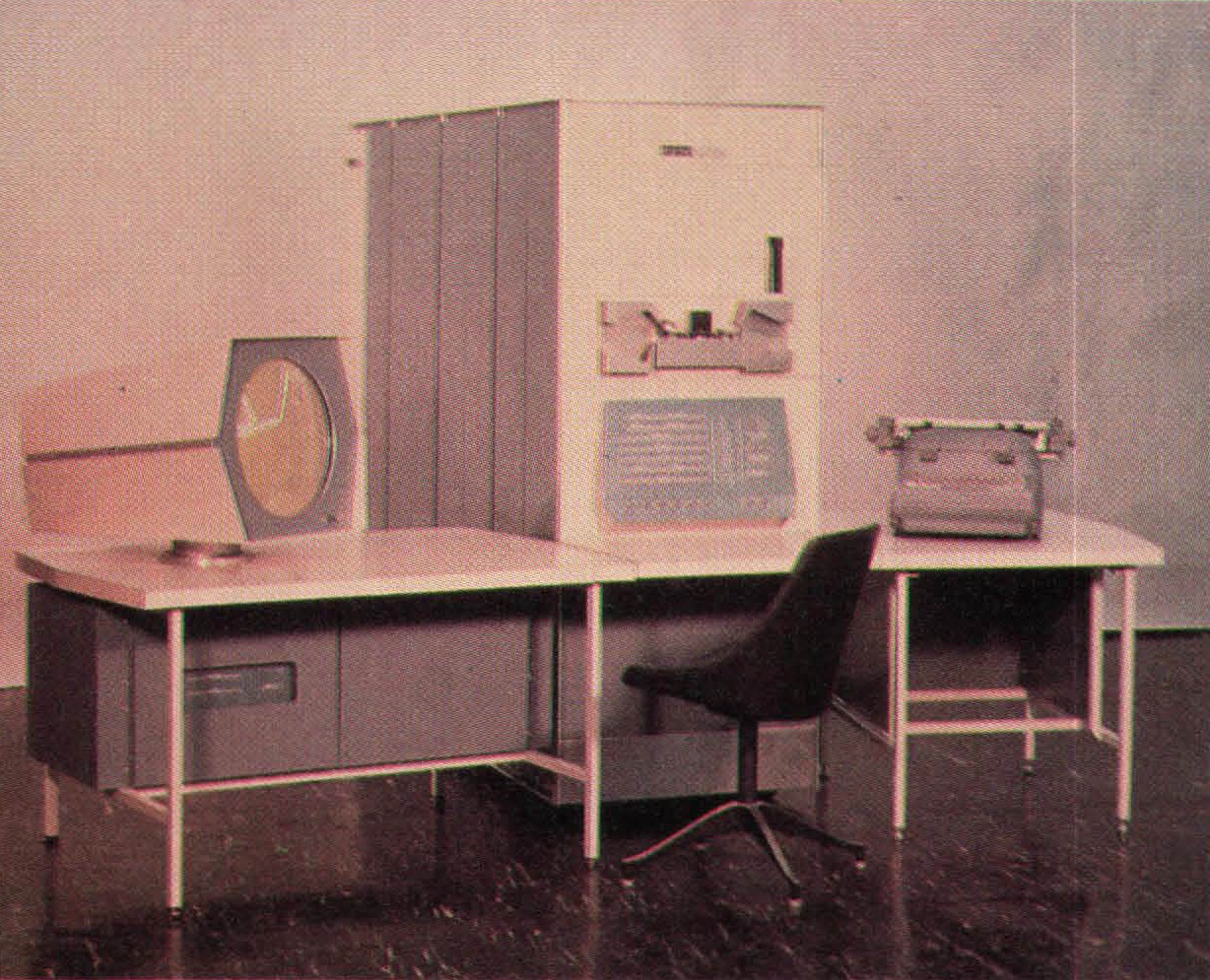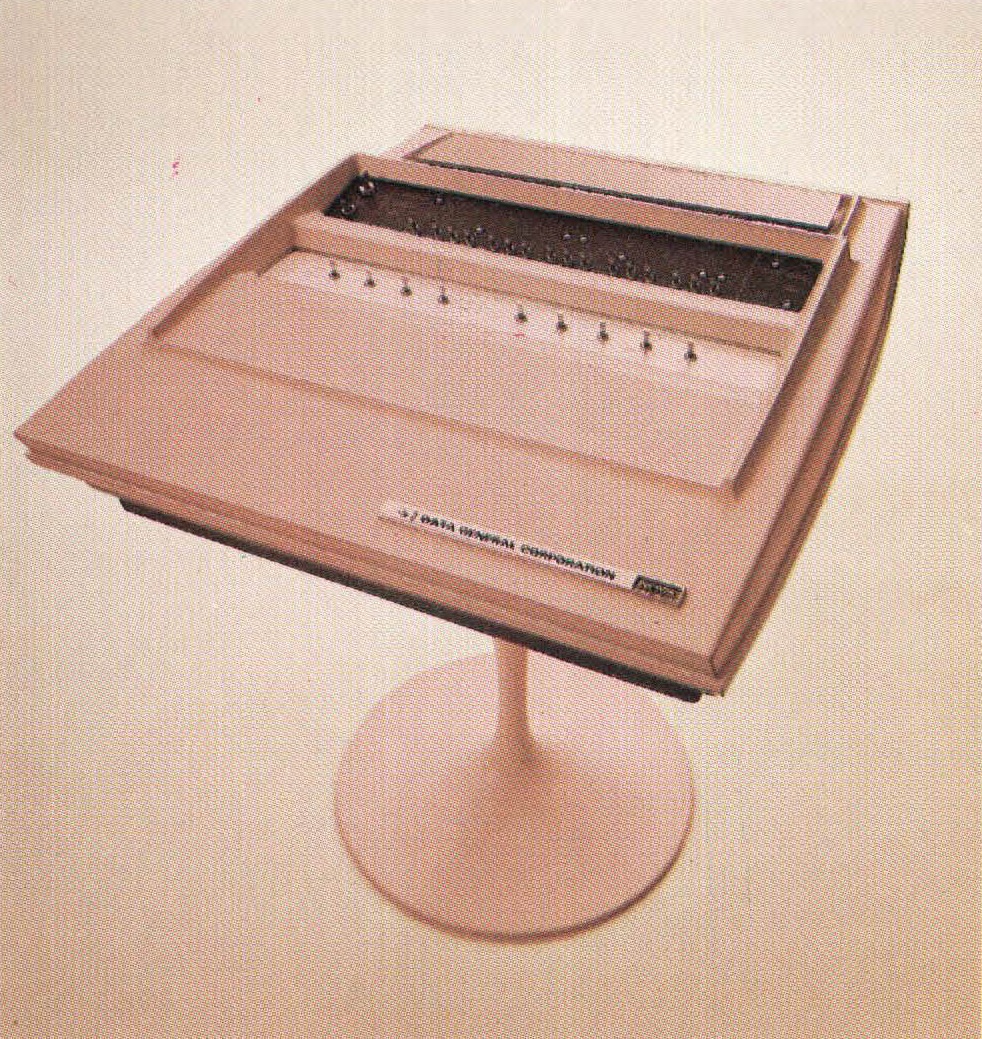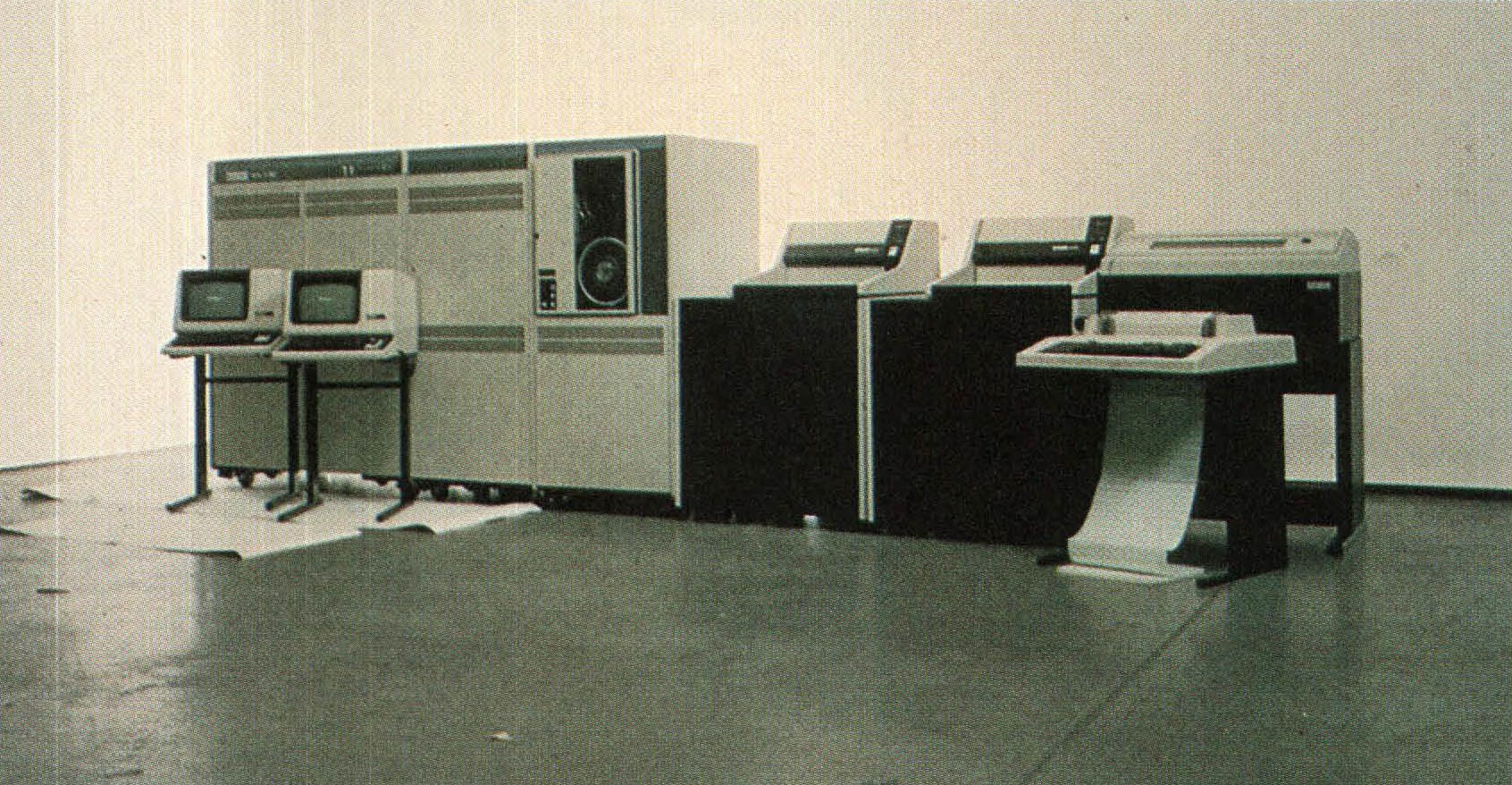
In 1957, three engineers established the Digital Equipment Corporation in an old brick wool mill in Maynard, Massachusetts, a suburb of Boston. Kenneth H. Olsen, a tall, soft-spoken man, was the leader of the group. He had grown up in Stratford, Connecticut, a machine-tool manufacturing center, and had studied electrical engineering at MIT. In 1950, at the age of twenty-four, Olsen joined Forrester’s Digital Computer Lab at MIT as a research assistant. A first-rate engineer, he was in charge of the effort to build a memory-test computer (really a small-scale version of Whirlwind) for the first magnetic-core memories. Working nights and weekends, Olsen and his staff built the machine in only nine months, winning a case of Scotch for their trouble.
When the SAGE computers went into production at IBM’s Poughkeepsie factory, the Digital Computer Lab sent Olsen and a few other engineers to keep an eye on the project. Norman Taylor, Olsen’s boss, recalled:
When IBM started to build this monster I told Olsen to keep control over it; we were concerned about the reliability of their circuitry. Ken lived in Poughkeepsie for two and a half years, in the bowels of IBM. There was this whole new world called production that he didn’t know anything about, but he was a bona fide engineer; if something didn’t work he’d take his coat off and redo it himself. He could do anything. The inefficiencies of a large operation like IBM’s were appalling to Olsen. One piece of equipment had to be done over more than once. We wondered why they didn’t use their own computer to keep track of parts. One day Olsen said to me, “Norm, I can beat these guys at their own game.” The next job I gave him was a transistorized research computer. He was the manager, not the designer, and he built a strong team spirit. He’d learned a lot from IBM, from watching the way large companies operate.
Eager to go into business for themselves, Olsen and his younger brother, Stan, and a colleague, Harlan E. Anderson, put up several thousand dollars of their own money and raised $70,000 from a Boston venture capital firm, American Research and Development Corporation (ARD). ARD exacted an arm and a leg for its support – about 60 percent of Digital’s stock. Although Olsen wanted to make computers from the beginning, ARD recommended a more conservative approach, and Digital’s first product was a set of electronic modules for computer test equipment. Three years after its founding, the company introduced its first computer, the Programmed Data Processor model 1, or PDP-l, a small machine that sold for about $120,000 – a good deal less than the going price of comparable computers.

The PDP-l was the first embodiment of Olsen’s unconventional ideas about computers, cultivated during his years at MIT. Most computational problems, such as calculating a payroll or monitoring a scientific experiment, are relatively small and straightforward, and you don’t require a mainframe to perform them. Olsen realized that many computer users would be better off with a small, rugged, inexpensive real-time machine – one that didn’t have to be housed in a computing center and pampered by a staff of trained operators, one that would be easy to program and available precisely when and where it was needed. Despite the need for small computers, Olsen was one of the few engineers to recognize it; most computer manufacturers, especially IBM and Sperry Rand, concentrated on big computers, which were both profitable and prestigious. Moreover, most people thought that time-sharing systems were the most efficient and economical way to deploy computers.

But all that changed in 1963 when Digital introduced the PDP-8, the first successful minicomputer. About the size of an ordinary refrigerator, the PDP-8, which was made out of transistors and magnetic cores, cost only $18,000. Compared to a mainframe, it was a very limited device. It ran only one program at a time, processed data in twelve-bit words (in contrast to the much faster and more powerful mainframes, whose words were at least thirty-two bits long), and contained only 4K words of memory. Yet it cost a fraction of the price of a mainframe, which meant, first, that customers who had only dreamed of owning their own computers now could afford one; and, second, that customers who had relied strictly on big computers could shift many computational chores to Digital’s small and efficient minicomputers.
Scientists ordered PDP-8s for their laboratories; engineers got them for their offices; the Navy installed them on submarines. In refineries, PDP-8s controlled the flow of chemicals; in factories, they operated the machine tools; in warehouses, they kept track of inventory; in computing centers, they ran programs that didn’t require the power of a mainframe; in banks, they kept track of accounts. The notion of the information utility gave way to distributed processing. For example, a bank would install a minicomputer in each of its branches; the machines handled the branches’ transactions during the day and sent records of their operations to the bank’s central computer at closing time. The applications were endless. And with every drop in the PDP-8’s price, a new class of users – people who had never thought they would be able to afford a computer – appeared.

Meanwhile, Digital prospered, its sales rising ninefold between 1965 and 1970, its profits almost twentyfold. When the company went public in 1966, ARD’s initial $70,000 investment was worth $228.6 million. Under the circumstances, Olsen’s most difficult job was keeping a tight rein on the company’s growth. Fortunately, he proved to be a superb manager. He funneled Digital’s profits back into the company, shunned acquisitions and mergers, and didn’t even bother to build a new company headquarters; the firm is still run out of the old wool mill in Maynard. Although Digital is now the largest private employer in Massachusetts, Olsen and his executives stuck to their work and stayed out of community affairs. “This may sound trivial,” he said in 1968, “but it’s important. There are all kinds of pressures on senior people in organizations to do things peripheral to their business. .. After a while, these demands can take up approximately 300 percent of your time. It’s somewhat unfair of society to expect people running a business responsible for thousands of jobs to also solve these other problems. ”

On the heels of Digital’s success, dozens of companies entered the minicomputer business. By one count, at least seventy-five firms were making minicomputers by 1971. Although the established computer makers – IBM, Sperry Rand, Burroughs, and so on – possessed the skill and capital to get into minicomputers, they suffered from a tunnel vision that prevented them both from recognizing the existence of major new markets for their products and, once having seen the market, from moving quickly into it. (As we shall see, the affliction wasn’t confined to the established firms; even Digital had it.) As a result, IBM and the other major computer firms didn’t get into minicomputers until the 1970s. Meanwhile, Digital became one of the largest computer companies in the world, with 78,000 employees and $4.3 billion in sales in 1983.